
Do you have a question about the Gigabyte GA-AB350-Gaming 3 and is the answer not in the manual?
| Memory channels | Dual-channel |
|---|---|
| Memory slots type | DIMM |
| Unbuffered memory | Yes |
| Number of memory slots | 4 |
| Supported memory types | DDR4-SDRAM |
| Maximum internal memory | 64 GB |
| Supported memory clock speeds | 2133, 2400, 2933, 3200 MHz |
| Supported memory module capacities | 4GB, 8GB, 16GB |
| Processor socket | Socket AM4 |
| Processor manufacturer | AMD |
| Compatible processor series | AMD A, AMD Athlon, AMD Athlon X4, AMD Ryzen 3, AMD Ryzen 3 2nd Gen, AMD Ryzen 3 3rd Gen, AMD Ryzen 5, AMD Ryzen 5 2nd Gen, AMD Ryzen 5 3rd Gen, AMD Ryzen 7, AMD Ryzen 7 2nd Gen, AMD Ryzen 7 3rd Gen, AMD Ryzen 9 3rd Gen |
| Number of SATA II connectors | 0 |
| Number of SATA III connectors | 6 |
| USB 3.2 Gen 1 (3.1 Gen 1) connectors | 1 |
| PCI Express x16 slots | 3 |
| BIOS type | UEFI AMI |
| ACPI version | 5.0 |
| BIOS memory size | 16 Mbit |
| USB 2.0 ports quantity | USB 2.0 ports have a data transmission speed of 480 Mbps, and are backwards compatible with USB 1.1 ports. You can connect all kinds of peripheral devices to them. |
| Component for | PC |
| Motherboard chipset | AMD B350 |
| Audio output channels | 7.1 channels |
| Motherboard form factor | ATX |
| RAID levels | 0, 1, 10 |
| Supported storage drive types | HDD & SSD |
| Depth | 305 mm |
|---|---|
| Width | 230 mm |
Diagram and labels for motherboard components and connectors.
Safety guidelines and handling procedures before installing hardware.
Detailed technical specifications of the motherboard components.
Step-by-step guide for installing the CPU onto the motherboard socket.
Instructions for installing RAM modules and dual-channel configuration.
Guidelines for installing expansion cards into PCI Express slots.
Description of various ports and connectors on the motherboard's rear panel.
Identification and function of internal motherboard connectors.
Overview of the initial screen displayed when the computer boots.
Advanced system settings for overclocking, fan control, and voltage adjustments.
Basic system information and settings like language, date, and time.
Configuration options for boot order, security, and system startup behavior.
Settings for integrated peripherals like USB, audio, and RGB lighting.
Configuration options for onboard graphics, SATA mode, and IOMMU.
Settings related to AC power recovery, keyboard/mouse wake-up, and power saving.
Options for saving BIOS settings, loading defaults, and exiting the setup utility.
Guide on setting up RAID arrays using SATA or M.2 storage devices.
Instructions for installing essential motherboard drivers and software.
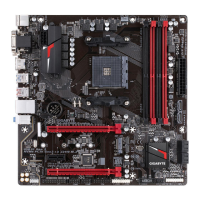
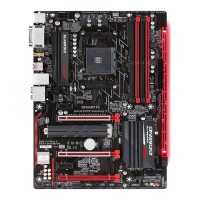
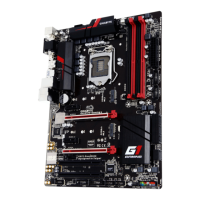
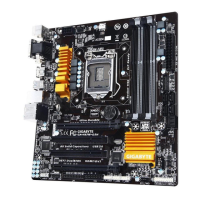
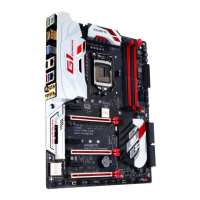
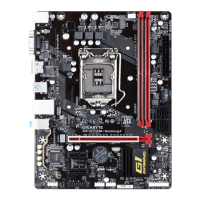
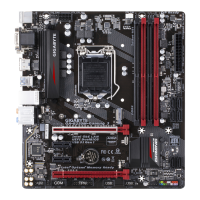
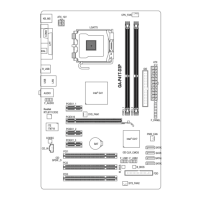


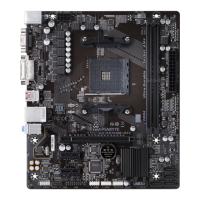
